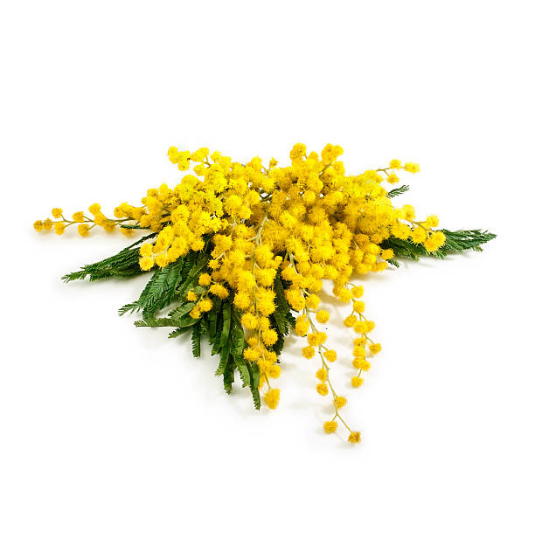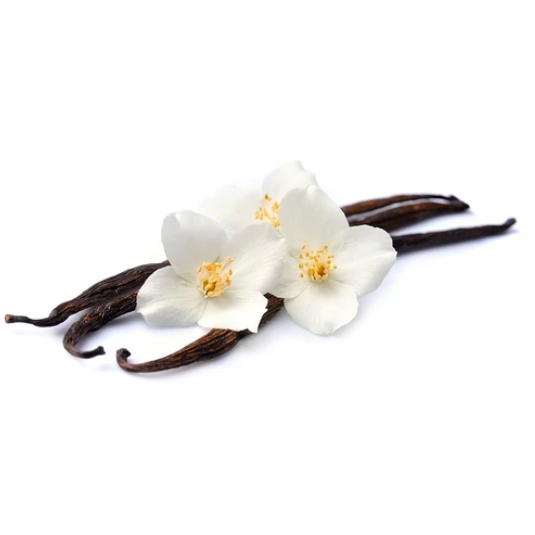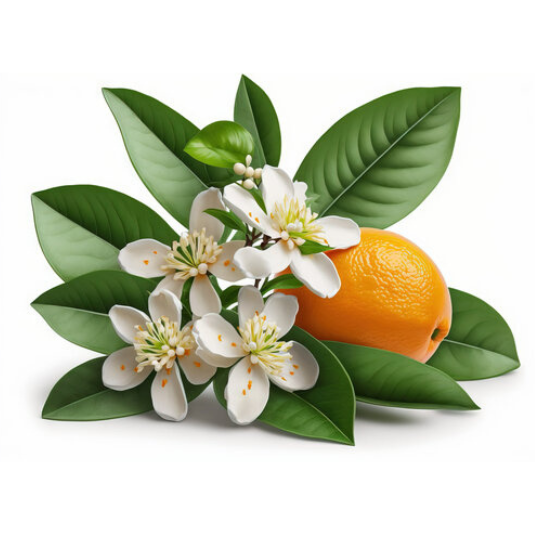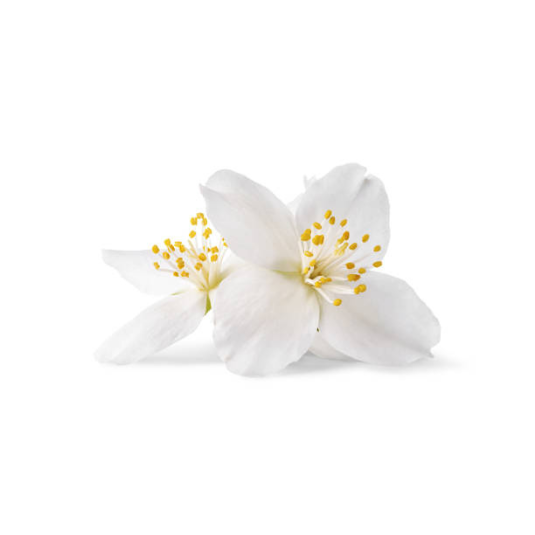Bon Parfumeur mimosa perfumes
Responsible, unisex French brand Bon Parfumeur offers mimosa eau de parfum for men and women, ranging from soft and light to sophisticated and complex. Eau de parfum n°102 is a blend of mimosa, cardamom and a note of tea for a soft, feminine eau de parfum.
What does mimosa mean?
The mimosa is a plant native to Australia and Tasmania. Its name comes from the Greek word "mimos", meaning "imitator", in reference to the way the plant's leaves move when touched. This unique ability is due to the structure of its leaves, which are equipped with small muscles called "pulvinus" enabling the leaves to fold up when touched.
Au commencement…
Mimosa was introduced to France in the early 19th century by French botanist Étienne Soulange-Bodin. It was initially cultivated for its beauty and its ability to bloom in winter when there are few other flowers. Over the years, it has become a very popular plant in the Côte d'Azur region, where it is now grown in large quantities. In fact, the town of Mandelieu-la-Napoule in the South of France is known as the "mimosa capital" due to its large production of the plant.
Originally from Australia, the mimosa has been introduced throughout the world over the centuries. Its cultivation spread to Europe, Asia and South America. Today, the plant is cultivated in many countries and used in many fields, from perfumery to medicine. The mimosa is a precious plant that deserves to be preserved for future generations.
Mimosa cultivation
The mimosa plant originated in Australia, but is now cultivated in many parts of the world for its fragrance and many uses. The main mimosa-growing regions are France, Italy, Spain, Morocco and Australia. In France, the town of Grasse is particularly well known for its production of mimosa perfumes, while Italy is a major exporter of mimosa flowers for the production of perfumes and cosmetics.
Morocco is also a major mimosa producer, with plantations in the Marrakech and Atlas regions. Mimosa is used in the production of essential oils, perfumes and beauty products in Morocco, as well as in traditional wedding and birth ceremonies. In Australia, mimosa is grown in southeastern coastal regions, where it is used in the production of perfumes, cosmetics and pharmaceuticals. Mimosa flowers are also used in New Year's celebrations, and have become a symbol of the Australian spirit.
Planting mimosa is a practice that deserves particular attention, to ensure healthy, long-lasting growth of the plant. It's important to select well-drained, sunny soil for mimosa planting, as well as to provide regular watering and adequate fertilization. Regular pruning of the plant's branches also helps to encourage new growth and maintain an aesthetically pleasing shape.
Mimosa harvesting has become an important tradition in many parts of the world, and it's important to maintain this tradition while protecting local ecosystems. By using sustainable practices and choosing environmentally-friendly products, we can enjoy this plant while preserving its future for generations to come. As consumers, we have the power to make informed choices and support responsible practices to ensure a sustainable future for the mimosa and our environment as a whole.
What do you know about mimosa in perfumery?
The mimosa is a delicate plant that requires special care during harvesting and processing. The flowers are harvested by hand to avoid damaging the plant, and are transported quickly to minimize the time between harvest and processing. The flowers are then sorted and cleaned to remove impurities and debris. Extracts are obtained by steam distillation or maceration, depending on the desired product.
Mimosa fragrances are appreciated for their softness and delicacy, making them a popular choice for daytime and light perfumes. With correct and respectful treatment of the plant, mimosa-based products offer health benefits while respecting the environment and local cultures.
Mimosa is a plant with a unique, sweet fragrance that offers a wide range of aromatic notes. Its olfactory properties are described as floral, honeyed, sweet and powdery, with subtle notes of vanilla and almond. The smell of mimosa can be used to add sweetness and lightness to any product, and can be combined with other essential oils to create more complex and sophisticated fragrances. As one of the most popular ingredients in the perfume industry, mimosa is a plant that is prized for its beauty, fragrance and medicinal properties. When processed correctly, mimosa can offer health and environmental benefits, while adding a touch of softness and delicacy to any product.
Because of its softness and lightness, mimosa is often used in spring and floral olfactory accords. It can be combined with flowers such as violet, lily of the valley and neroli to create a fresh, delicate floral eau de parfum or eau de toilette. Mimosa can also be used with woody accords to add a touch of warmth and softness.
Perfumers also appreciate mimosa's versatility, as it can be used to create fragrances for both men and women. It can be used in men's fragrances to add a touch of softness and freshness, while in women's fragrances it is often combined with more feminine scents such as rose or jasmine.
INTERESTING FACT!
The benefits and virtues of mimosa are also numerous, and include anti-inflammatory, antibacterial and antiviral properties, as well as benefits for mental and emotional health. In aromatherapy, mimosa is often used to reduce stress and anxiety, to help relieve symptoms of depression, and to stimulate feelings of happiness and well-being. As an ingredient in personal care products such as perfumes, lotions and soaps, mimosa is also beneficial for the skin, helping to moisturize, soothe and deeply nourish.
Popular mimosa perfumes
There are many perfumes that use the mimosa flower as a key ingredient:
• Le Mimosa eau de parfum by Maison Fragonard is another popular mimosa fragrance that highlights the mimosa's soft, delicate aspect, with notes of mandarin and vanilla. For those looking for a more sophisticated fragrance.
• Mimosa pour Moi by L'Artisan Parfumeur is an elegant eau de toilette with notes of rose and violet.
• Mimosa & Cardamom by Jo Malone London. This fragrance combines notes of golden mimosa, spicy cardamom, rose, violet and heliotrope to create a delicate, enveloping floral scent.
• Herba Mimosa by Chloé is a bright, sunny fragrance that captures the freshness and delicacy of the mimosa flower. With its floral and green notes, this fragrance evokes a sparkling, joyful bouquet. Herba Mimosa by Chloé offers a light, refreshing olfactory experience, perfect for sunny days and relaxing moments.
• Infusion de Mimosa by Prada is a delicate, refined fragrance that captures the softness and luminosity of the mimosa flower. With its floral and slightly powdery notes, this fragrance evokes a feeling of comfort and elegance. Infusion de Mimosa by Prada offers a subtle, soothing olfactory experience, evoking the sunny beauty of nature.
• Une Fleur de Cassie by Frederic Malle is a sophisticated and enchanting floral fragrance designed for women. It brings together a delightful bouquet of floral notes and a rich combination of complementary accords, resulting in a captivating and elegant scent. The heart of the fragrance is centered around mimosa, which blends with sandalwood, jasmin, cassis, vanilla and rose.


















